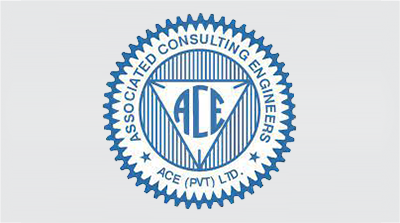
Everything around us is the Environment. It includes the condition(s) under which any individual or thing exists, lives, or develops. Our environment is degraded or likely to be degraded by excessive activities of man, and an Environmental Impact Assessment (EIA) report is required for the assessment of the adverse environmental impacts likely to occur from major projects significantly affecting the environment. The purposes of the assessment are to identify and assess any potentially adverse environmental effects of a new development, to avoid or reduce adverse environmental impacts, and to ensure that environmental consequences can be taken into account during the planning, designing & decision-making process. A standard EIA report carries the information of Physical Environment (soil, ambient air, waters), Ecological Environment (wildlife, natural habitat,t and all other ecological factors (flora/fauna), and the Socio-Economic Environment (quality of life of local population; existing industry and employment; infrastructure; utilities, etc.). Punjab Environmental Protection Act (PEPA), 1997(amended 2017) was devised for the protection, conservation, rehabilitation, and improvement of the environment, for the prevention and control of pollution, and promotion of sustainable development.
Energy projects for which an EIA is necessary include hydro power generation, thermal power generation, solar power generation, coal power generation, wind power generation, nuclear power plants, petroleum refineries, transmission lines, oil and gas transmission system, oil and gas extraction, waste-to-energy generation, fossil fuel power generation, as well as RLNG power generation.
Sultan Mahmood, PhD
Engineering Consultancy Services Punjab (ECSP) Government of the Punjab, Lahore
















